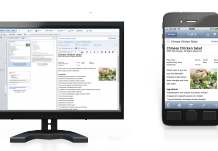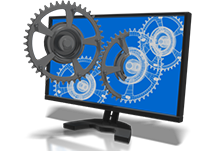Regardless of the industry you are in, one of the best ways to inject the customers’ points of view into a product is to expose those people who are designing and building the product to the customers’ pain. The best way I’ve found to do this is to put them on the support lines for one day every year.
I was reminded of this while on vacation in Los Angeles where I stepped in to help my sister’s company, which puts on music festivals, with an overload of customer issues. It was the first time since 1995 that I’ve been on the phone lines, and it was a good reminder that the customer pain should be our pain. When you are on the phone with a customer, your top priority becomes resolving that customer’s problem and ensuring they hang up happy with your product.
This experience teaches us much more than how to resolve a customer’s problem after the product is already being used. Interacting with the end users is beneficial for everyone in your organisation.
Product Managers benefit from acting as Support personnel for a day because it is up to the product manager to be the Voice of the Customer in all product lifecycle decisions. If the product doesn’t delight the users, the customers won’t be willing to upgrade, recommend to friends, or continue engaging with the product. Planning a product roadmap without exposure to the customers and users is a risky approach. Even worse is product design by committee rather than bringing the voices of actual customers and users into the design cycle. Realizing that your customers don’t want or need the product you’ve created is very costly to the company.
Developers aren’t often exposed to the users of their software, but with the proliferation of methodologies such as Agile and Lean, many more of the design and implementation decisions for a product are being put in the hands of developers. It is critical, then, that the developers have a deep understanding of how the users engage with the software. It is much cheaper and less risky to design and implement functionality in ways the users can understand when that area of the product is first being engineered then it is to go back and make changes later.
Quality Assurance engineers and software testers should, in my opinion, be required to spend one day every two months on the support lines as they are the Voice of the Customer when it comes to both usability and overall quality. In the beginning stages of a product development lifecycle, when test plans and test cases are being written, QA managers will not be able to accurately prioritize and estimate schedules or staff without understanding the pain points of the customers. We all know that QA won’t have time to run all test cases or usage scenarios, but they can at least prioritize the most frequent user scenarios if they are faced with that customer in need. Immediately after product release, QA engineers staffing support lines will be able to get an indication of what issues need to be fixed in a patch release or update, and how urgent those fixes are to the users.
Even managers and executives should get their hands dirty on the support lines on occasion to remind themselves that the customers are real people. There are few activities within a company that can expose the senior staff to the customers’ joy in the product and their pain. This will also enable the executives to understand how investment in the quality of the product can have a knock-on effect through lower support costs, higher uptake in user adoption, and a more accurate prioritization of investment in the areas of the product that the customers use.
So get on those phone lines, online chats, and emails. Get to know the users and become their voice.












